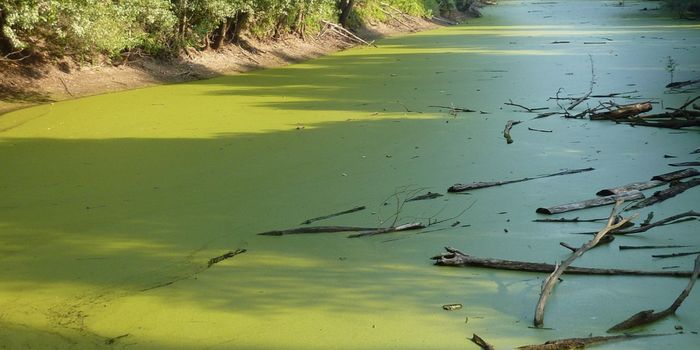Rethinking dams: the true cost of hydropower
Hydrological dams have been portrayed as green, renewable energy capable of aiding in the transition away from fossil fuels. But new studies published in the journals Nature Geoscience and Sustainability urge the public to reconsider its views on dams. The Nature Geoscience study relays alarming data that debunks previous assumptions that hydrological dams are net carbon stores, demonstrating instead that dams release twice as much carbon as they store. Meanwhile, a collection of studies in Sustainability report that only 17 percent of rivers globally are both free-flowing and within protected areas. The messages in these studies join together to ask: What does it mean for our planet that the vast majority of our river systems are dammed and what are the wider consequences of hydrological damming?
As the video above explains, there are over 60,000 large dams globally and over 3,700 more currently planned or under construction. Of those 3,700, over 500 will be built in protected areas - which begs the question, how protected can our remaining free-flowing rivers actually be?
The biodiversity impacts of dams are undisputed. "Populations of freshwater species have already declined by 84 percent on average since 1970, with degradation of rivers a leading cause of this decline,” comments co-editor of the Sustainability studies Ian Harrison, a freshwater specialist at Conservation International, and adjunct professor at Northern Arizona University. “As a critical food source for hundreds of millions of people, we need to reverse this trend.”
Harrison, co-chair of the Freshwater Conservation Committee of IUCN's Species Survival Commission, is part of a team of investigators hoping to highlight the urgency for improved river protections at the UN Convention on Biological Diversity that will happen later this year. Together with his collaborators from the World Wildlife Fund (WWF), Conservation International and The Nature Conservancy, he is calling on policymakers to put restoration and management strategies at the forefront of their agenda.
Together with co-editor Denielle Perry, Harrison founded the Durable River Protection Coalition with the intention of bringing awareness to the matter. Perry is a water resource geographer heading up the Free-flowing Rivers Lab in the School of Earth and Sustainability at NAU. She comments:
“These ecosystems are among the most understudied and under-protected in the world, and they are at risk from further severe alteration and degradation by a range of threats, including poorly sited dam construction, overfishing, excessive water extraction and pollution. This first-of-its-kind collection addresses growing calls to protect rivers as corridors in a changing climate and for the important role, they play in providing ecosystem services and livelihoods around the world. We are at a moment when climate change and policy will shape the path of development, and the management of our riverine resources. We must act to protect rivers now because failing to do so will have lasting consequences for decades to come."
Yet, as the Nature Geoscience study points out, protecting the free flow of rivers is important not only for biodiversity. The damming of rivers has far-reaching implications that extend from the ecosystemic level to the atmospheric, due to the movement (or lack thereof) of carbon.
A collaboration of scientists from the Helmholtz Centre of Environmental Research (UFZ), the Catalan Institute for Water Research (ICRA) in Girona, and the University of Barcelona explain that free-flowing rivers act as natural nutrient transportation systems, moving organic material from place to place. However, this movement is inhibited when a dam is installed, which results in the settling and accumulation of organic matter.
"Because of the lack of oxygen, the degradation processes are much slower down there. As a result, less carbon dioxide is released. The carbon contained is stored in the sediment of the dam for a longer time," explains UFZ’s Dr. Matthias Koschorreck "It had been assumed that dams store about the same amount of carbon than they release as greenhouse gases."
But their research shows that in fact, that assumption is incorrect. The researchers used satellite images to analyze the carbon emissions from drying out areas of riverbeds (a result of low water levels due to dams). They say that such drying areas expose settled organic material to oxygen and promote degradation processes that release carbon dioxide into the atmosphere. This phenomenon has not been previously considered when accounting for the dynamic of carbon storage versus carbon emission of dams.
"Our calculations show that carbon emissions from dams had been significantly underestimated. On a global average, they release twice as much carbon as they store," says Koschorreck. "Their image as a net carbon store in the global carbon cycle must be reconsidered."
Together, these studies highlight the need to focus on international strategies that center river health. The heightened levels of carbon emissions from dams as well as their adverse impacts on biodiversity and the lack of protection for free-flowing rivers coalesce as a warning call to our entire population: our rivers need us just as much as we need them. Will we listen?
Sources: Nature Geoscience, Sustainability, Science Daily (1) (2)









